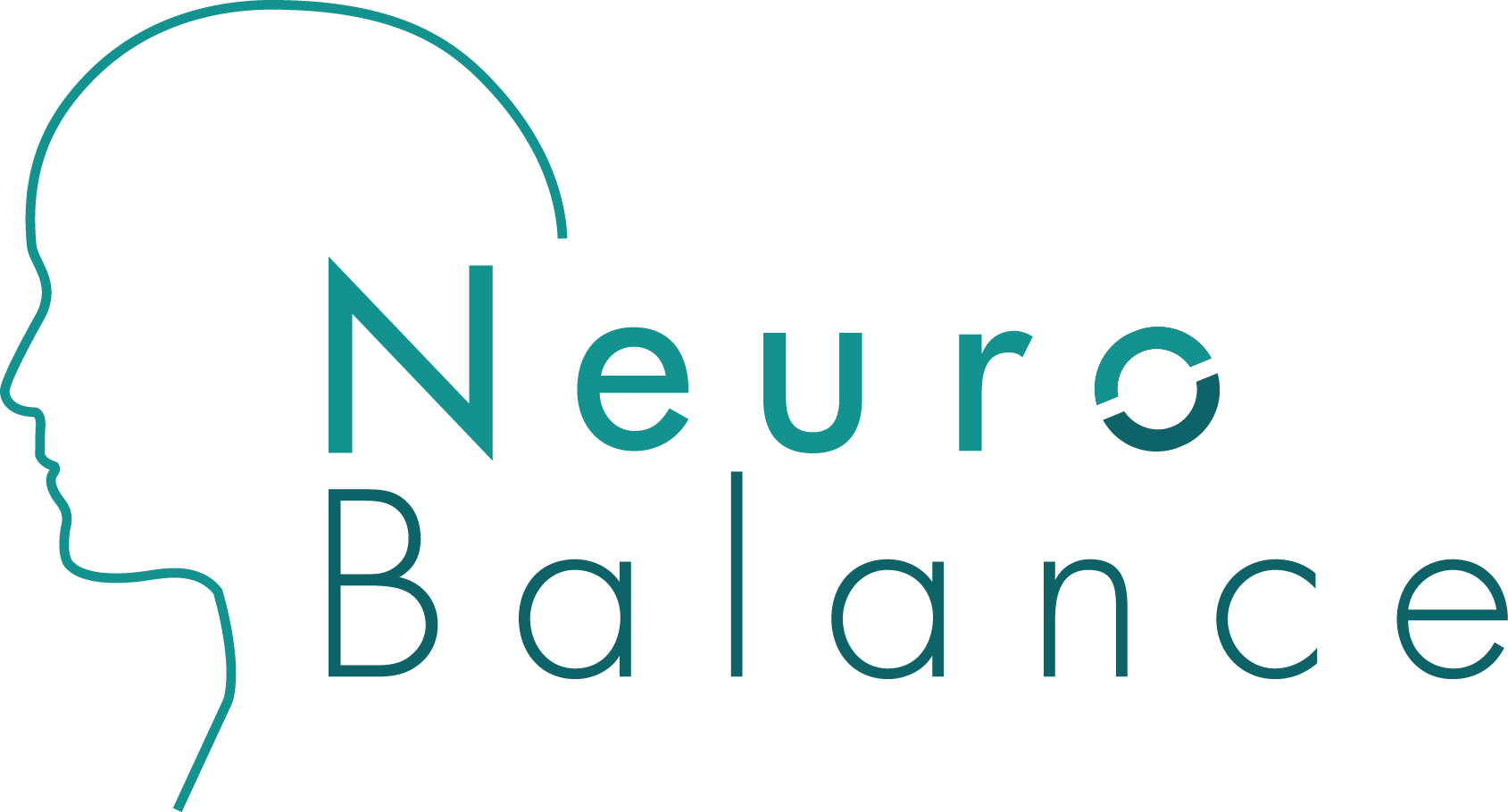Illuminating the Brain: How MIT's Brainwave Stimulation Offers Hope Against "Chemo-Brain"
Introduction to "Chemo-Brain"
"Chemo-brain" refers to the cognitive impairments often experienced by patients undergoing chemotherapy, marked by memory lapses, difficulty concentrating, and other neurological challenges. As cancer survivors and healthcare providers seek solutions, groundbreaking research at the Massachusetts Institute of Technology (MIT) sheds light—quite literally—on a promising intervention.
The Science of Brainwaves and Neurological Health
At the heart of MIT's approach is the stimulation of brainwaves, or gamma oscillations, a technique that has shown potential in combating neurodegenerative diseases like Alzheimer's. Gamma oscillations are essential for cognitive functions such as memory and attention. Research led by the Picower Institute for Learning and Memory at MIT has revealed that enhancing these oscillations can reduce pathological markers of Alzheimer's disease in animal models and is now being explored for human applications.
From Alzheimer's to Chemo-Brain: A Cross-Disciplinary Leap
While initial studies focused on Alzheimer's, the methodology—using noninvasive sensory stimulation to enhance gamma-frequency brain rhythms—has broadened to address "chemo-brain." By exposing subjects to a combination of light and sound at 40Hz, researchers have not only reduced amyloid plaques associated with Alzheimer's but also sparked interest in the potential for mitigating the cognitive effects of chemotherapy.
The Evidence So Far
In experiments involving mice, this multimodal sensory stimulation led to significant improvements in cognitive and memory impairments analogous to those seen in Alzheimer's patients. The approach not only reduced amyloid plaques in the brain but also enhanced neuronal and synaptic function. Perhaps most promising is the observed increase in the expression of genes related to DNA repair, synaptic activity, and overall brain health.
The Road Ahead
As research progresses, MIT scientists, led by renowned researchers such as Li-Huei Tsai, are delving deeper into the mechanisms behind these benefits. They're investigating how gamma oscillations can protect neurons, enhance microglial function, and potentially reverse neurodegeneration. Preliminary safety tests in humans have been promising, paving the way for clinical trials that may well redefine our approach to managing "chemo-brain" and other neurodegenerative conditions.
A Vision of Hope
MIT's exploration into brainwave stimulation stands at the intersection of technology and medicine, offering a beacon of hope for those grappling with the aftereffects of chemotherapy and neurodegenerative diseases. As studies continue, the promise of non-invasive, holistic treatments for cognitive impairments moves closer to reality, illustrating the profound impact of interdisciplinary research on human health and well-being.
This endeavor not only highlights the potential of gamma wave stimulation as a therapeutic tool but also underscores the importance of continued investigation into the brain's intricate workings. With each discovery, researchers like Tsai and her team at MIT bring us closer to unlocking the full potential of our most complex organ—the brain.
-A Balanced Brain is a Better Brain for a Happier Life-
